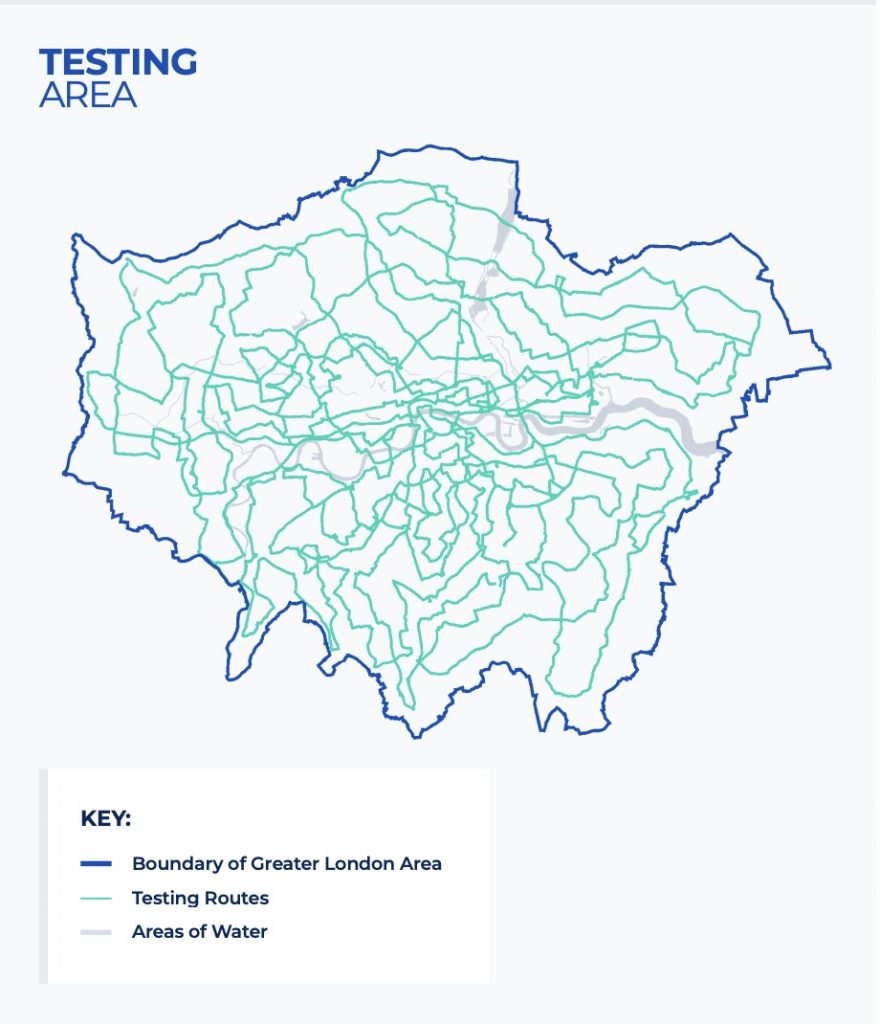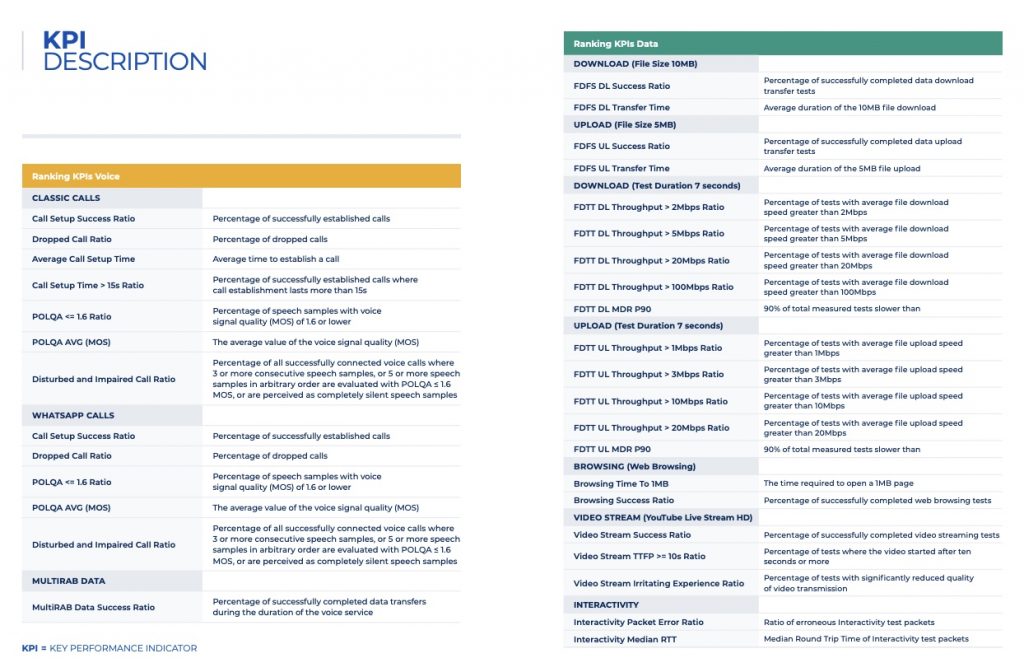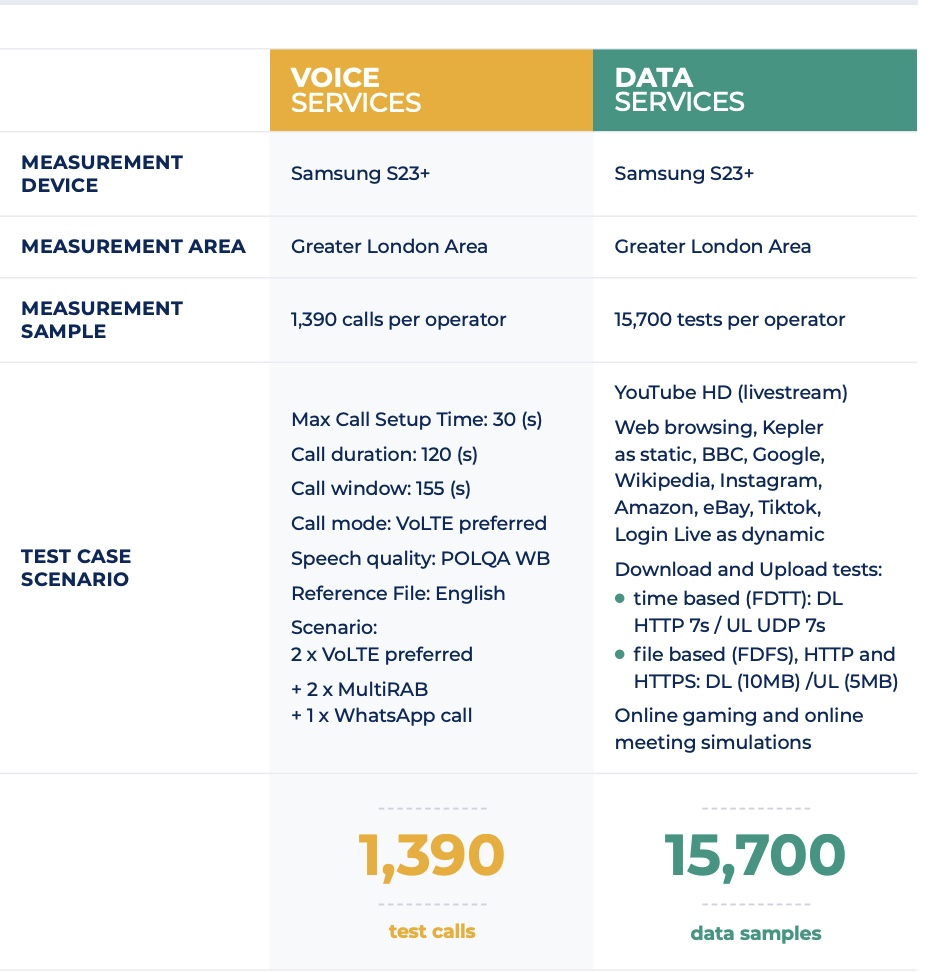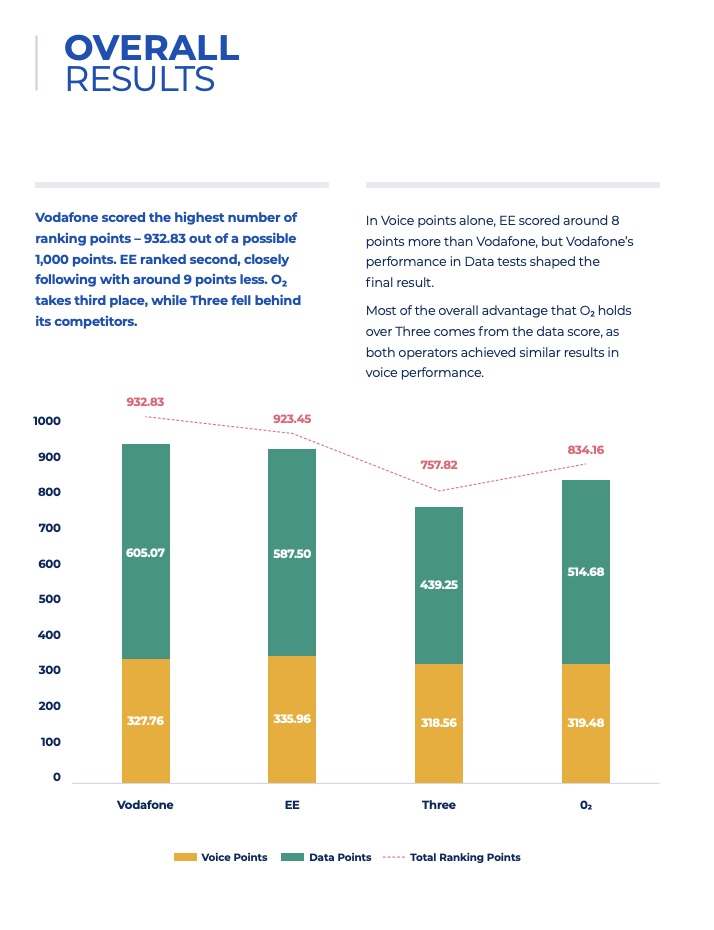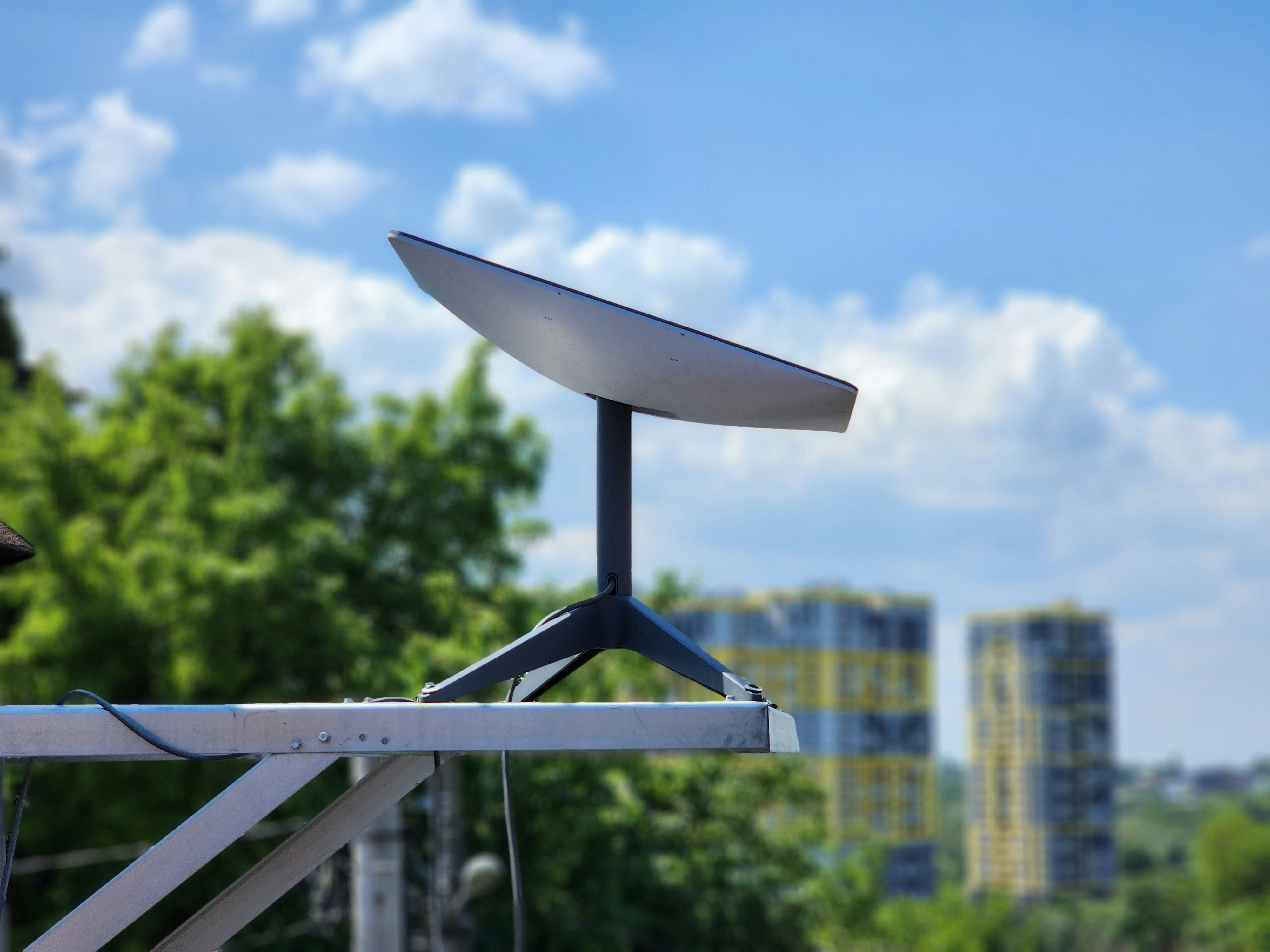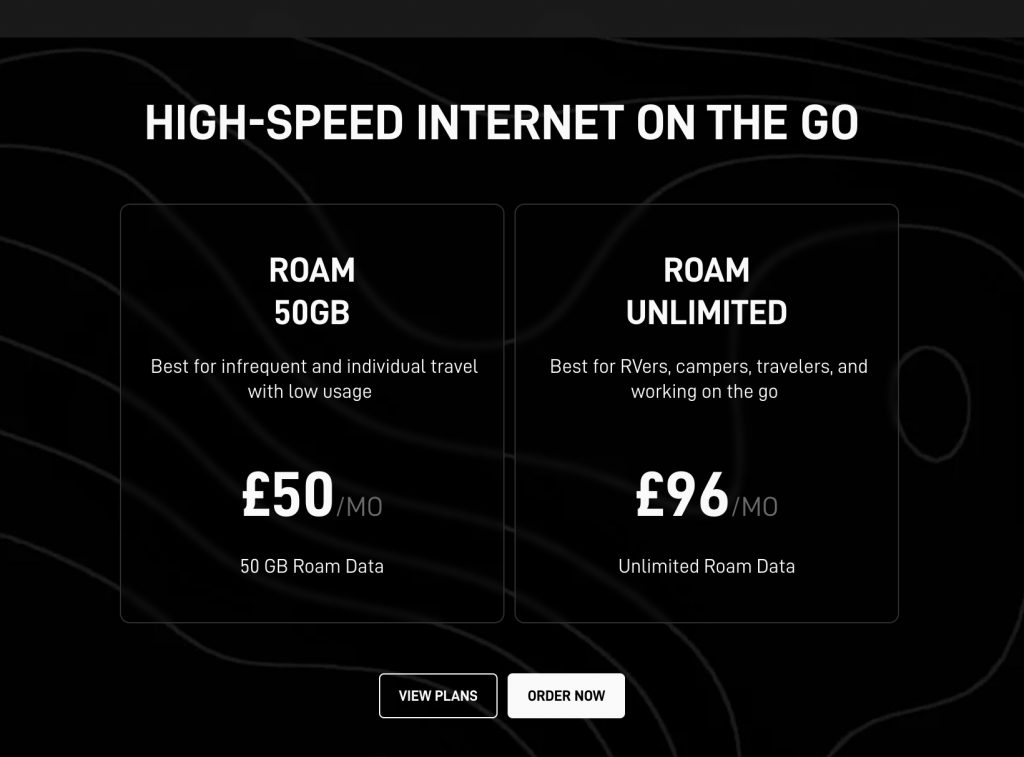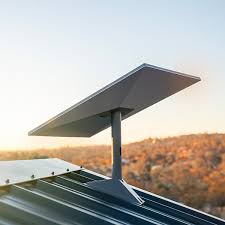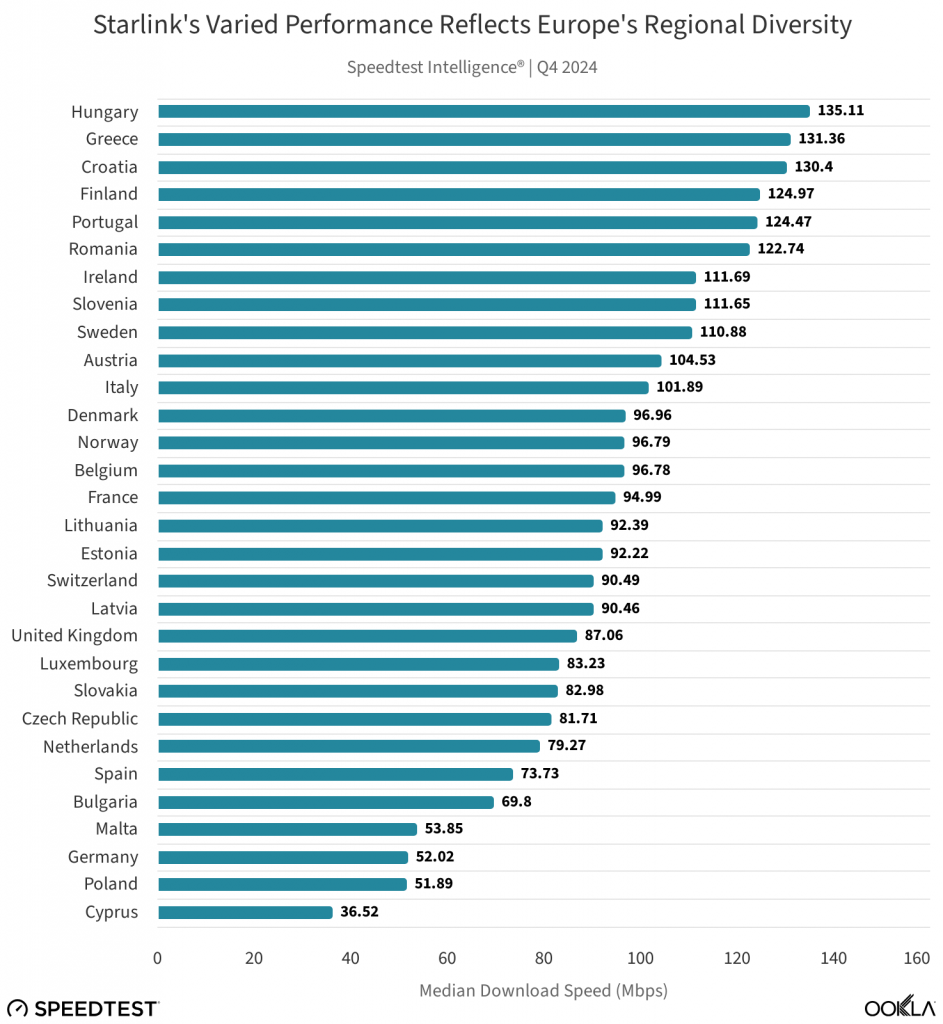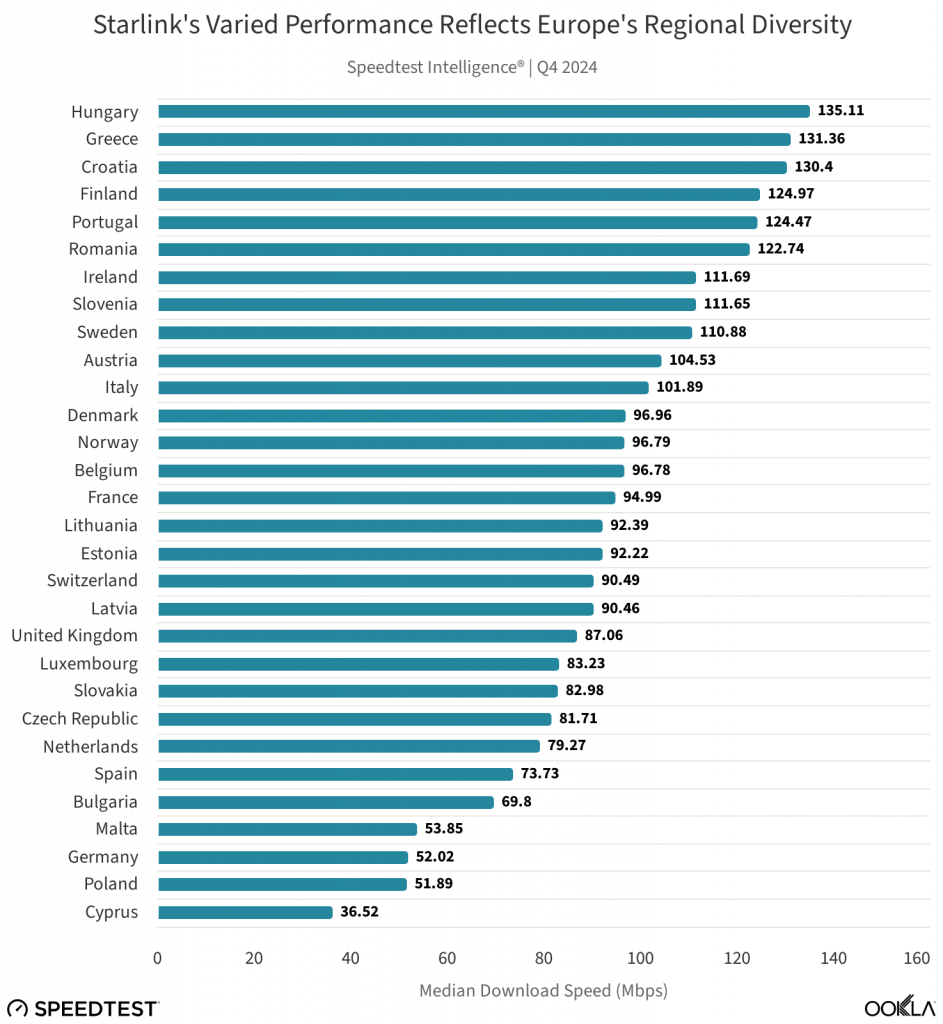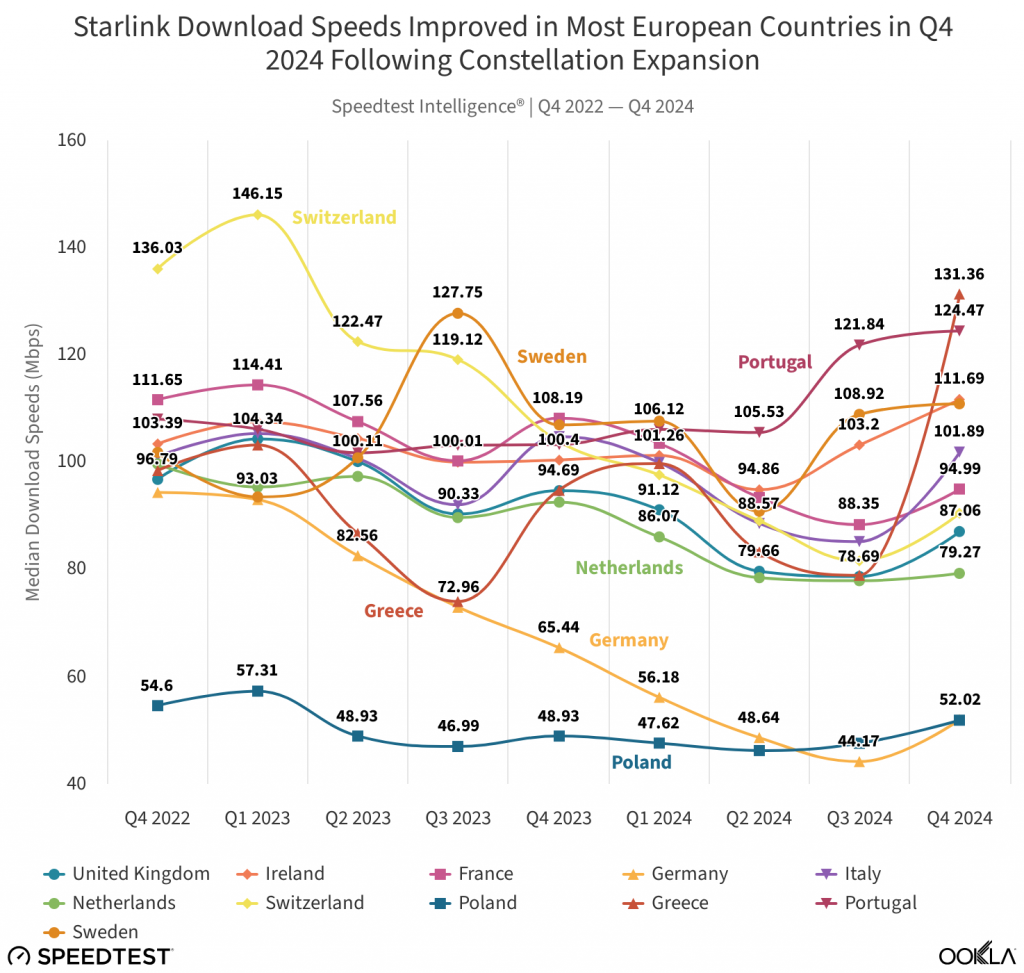A new government scheme will offer certain schools £25m worth of support to boost connectivity in the classroom – Available only to RISE schools.
The Regional Improvement in Standards and Excellence (RISE) initiative is a government program to support struggling schools, aiming to improve school standards through targeted interventions and universal support.
Connect the Classroom Scheme
Under this new scheme, grants will be provided to schools eligible for RISE improvement support, helping to boost classroom connectivity.
Previously, funding had been prioritised for all schools that were located in an Education Investment Area (EIA) as part of the Connect the Classroom Scheme
However, the new government axed the EIA and new eligibility criteria was drawn up.
It has been recently confirmed by the Department for Education that schools receiving targeted intervention through the RISE initiative will be eligible for the Connect the Classroom scheme.

Wi-Fi For Schools – Eligibility Criteria for Funding
Schools eligible will be contacted directly by the DfE to receive funding. Eligibility criteria for receiving funding includes falling below their Wi-Fi Connectivity Standards for schools and colleges which can be found here. This includes:
- Using the latest wireless network standards
- Having a full functional signal from your wireless network throughout the school or college buildings and externally when required
- Have a solution that can centrally manage the wireless network
- Installing security features to stop unauthorised access
Do you know what network standards your school or college should meet on wireless performance, coverage, management and security? You can check the DfE’s network standards for schools and colleges online.
£25m of Funding Available This Financial Year
Following the £215 million investment between 2021 and 2025, there is £25 million available this financial year 2025 – 2026.
Schools Week, a weekly publication focused on education news and analysis primarily for school leaders and other education professionals, obtained figures showing how many schools were given Wi-Fi funding and support over the last few years:
- 2021: 428 schools received support
- 2022: 229 schools received £12.5 million in funding from the scheme
- 2023: 1,303 schools received £94 million in funding from the scheme
The government confirmed that approximately 400 schools were due to get support and funding through the Connect the Classroom scheme. It added that despite the number of eligible schools being lower, the money will reach more secondary schools and thus benefit more pupils.
Wi-Fi Fix for Schools
Quality Wi-Fi is crucial in schools – It’s vital that pupils have access to a strong, reliable network to access online learning resources, facilitate collaboration, and support various educational activities.
A reliable and secure Wi-Fi network ensures students can access digital content, collaborate on projects, and participate in online learning platforms.
But if you work in a school or college then you know all that already! If you’re concerned that your school or college Wi-Fi network is not performing optimally, but it perhaps doesn’t meet the eligibility criteria for funding via RISE and Connect the Classroom, then get in touch with one of our Wi-Fi experts for your school.
Our dedicated Wi-Fi engineers can survey your London, Hampshire or Cardiff based school Wi-Fi network and identify any problems. We can then provide a network design and device recommendations to help make sure your students have access to the best performing Wi-Fi network possible.
For more information on how our Wi-Fi experts here at Geekabit can help your school or college wireless network, get in touch.







